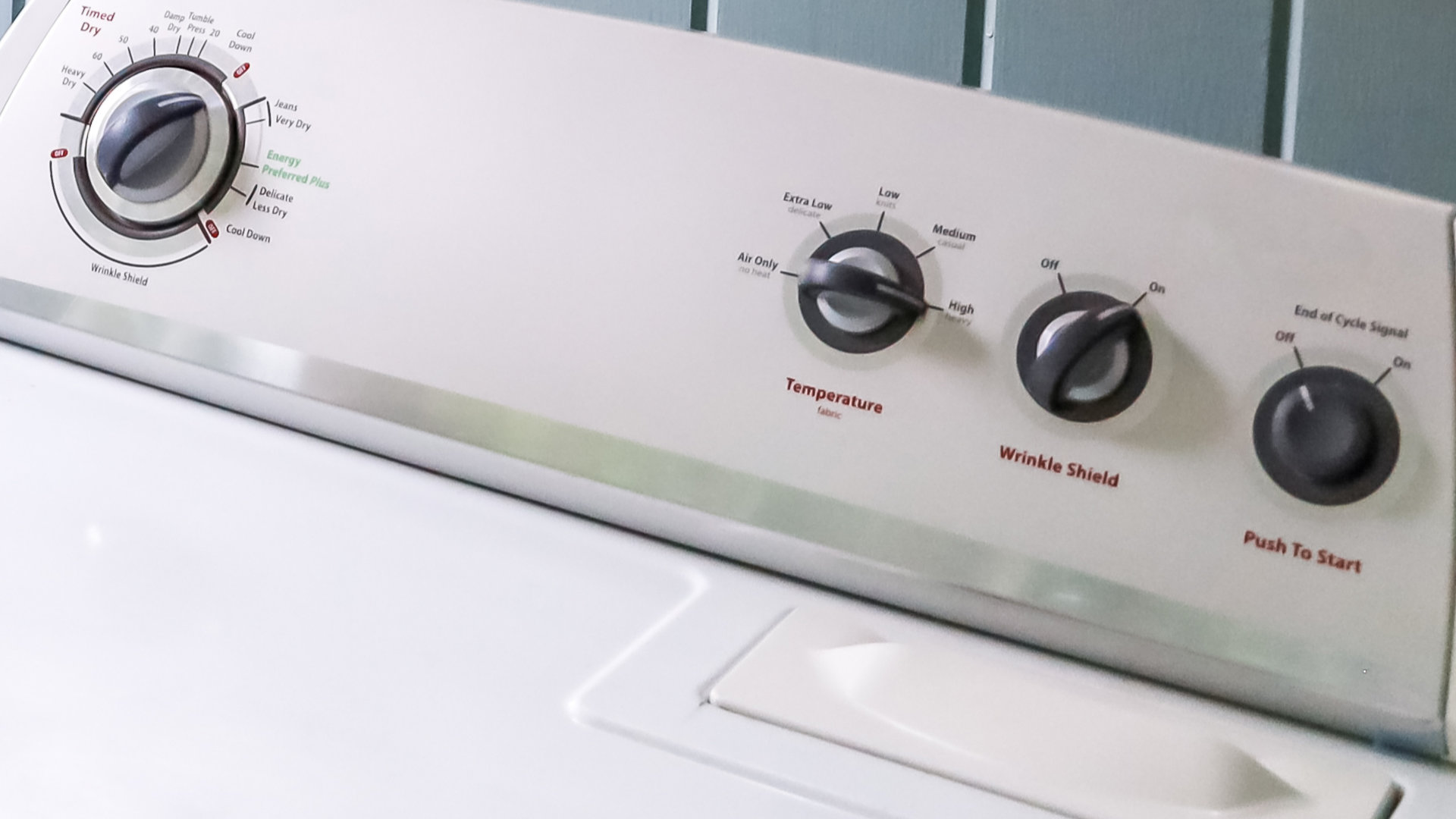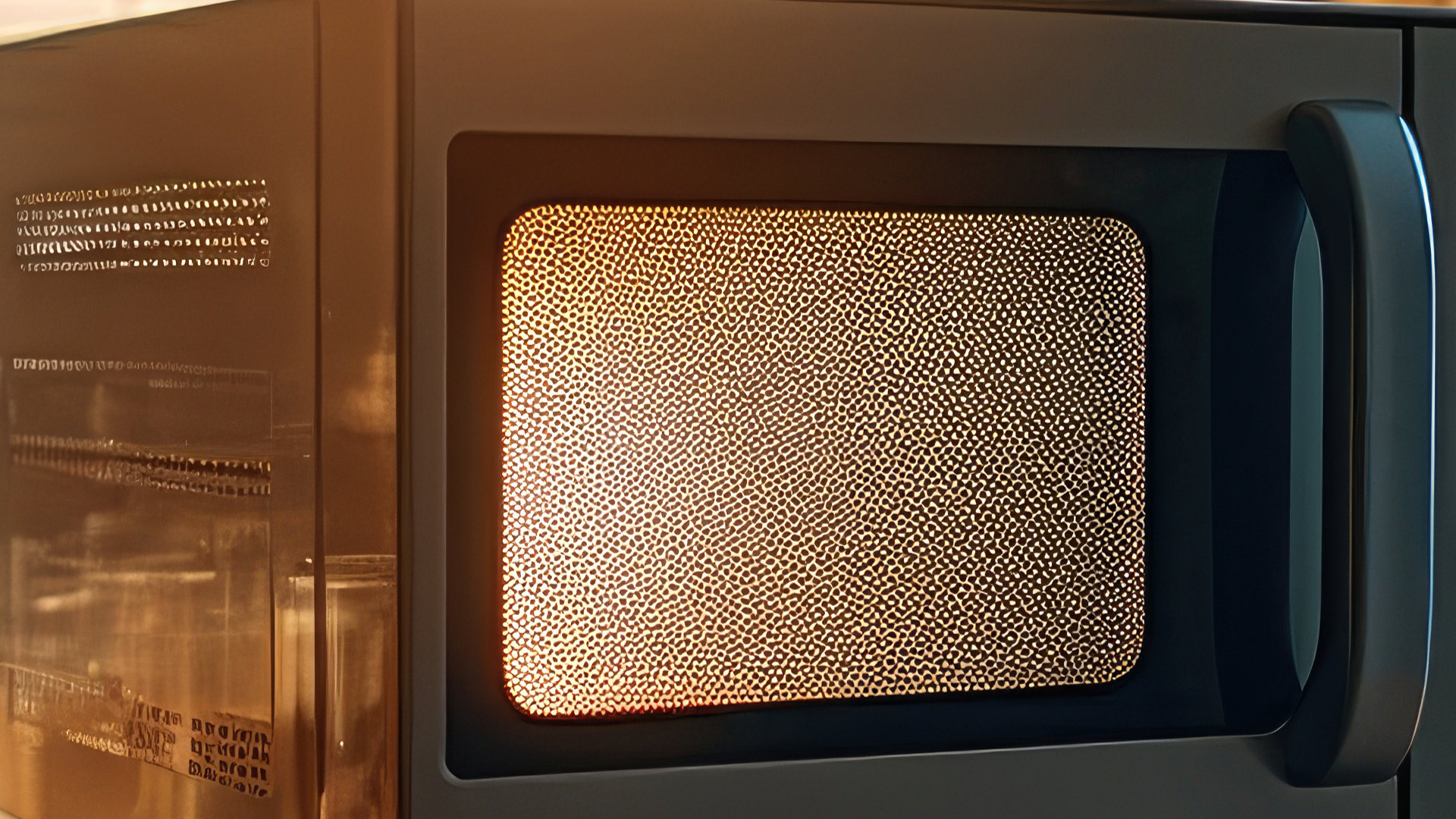
Microwaves are pretty convenient appliances, and since most people use them every day, it’s good to have an idea of how much power they use. This way you’ll accurately know how much it may be costing you to run and how much of your electricity bill the microwave accounts for.
This article will guide you through calculating how much power a microwave uses, with lots of easy-to-understand explanations and examples, so you’ll have a solid grasp of what the average microwave uses and how to calculate your own microwave’s energy consumption by the end of it.
Calculating How Much Power a Microwave Uses
Here’s how to calculate how much power a microwave uses.
Wattage
First off, you need to know the wattage of your microwave. You can find this information in the user manual, and it’s often printed directly on the appliance itself or on a sticker.
Most microwaves in our homes are between 600 and 1000 watts, but commercial microwaves can be 1200 watts and above. What this means is that if your microwave is 800 watts, for instance, it uses 800 watts of electricity when running on full power.
It’s important to note that energy usage over time is typically measured in kilowatt-hours (kWh) since this unit is used to calculate your electricity bill. There are 1000 watts in a kilowatt, meaning if you have an 800-watt microwave and run it for one hour, it uses about 0.8 kWh of energy.
Important: There is a difference between watts/kilowatts (how much power your microwave uses at any given moment) versus watt-hours/kilowatt-hours (the amount of energy it uses over time).
Usage
Next, you need to know how much you use your microwave. On average, households use a microwave for around 15 minutes per day, but it can obviously be a lot less or more than that.
However, you want to know how much you use it in hours, so it’s best to look at usage over an extended period, like weeks, months, or years.
Making the Calculation
Okay, now it’s time to put it all together and make the calculation. The formula we’re following is: Power × Time = Total Energy Usage
However, as mentioned above, we need to make sure we’re using the correct units of power (kW) and time (hours) to get the most appropriate measurement of energy usage (kWh). Here’s how to do that:
Let’s say you have an 800-watt microwave and use it for 15 minutes daily. First, you calculate how many hours are used per year:
- 15 minutes per day × 7 days per week = 105 minutes per week.
- 105 minutes per week × 52 weeks per year = 5460 minutes per year.
- 5460 minutes ÷ 60 minutes per hour = 91 hours per year.
Then you convert the wattage of your microwave into kilowatts:
- 800 watts ÷ 1000 = 0.8 kilowatts
Then, you calculate the total yearly energy usage in kilowatt-hours:
- 91 hours × 0.8 kilowatts = 72.8 kilowatt-hours.
Then, to calculate the monthly or weekly energy usage, you can do:
- 72.8 kilowatt-hours ÷ 12 months = 6.06 kWh per month
- 72.8 kilowatt-hours ÷ 52 weeks = 1.4 kWh per week
How Much Does a Microwave Cost To Run?
Now that you know how to calculate how much power your microwave uses, it’s possible to work out how much it costs to run it. You simply multiply the kilowatt-hours used per year by your electricity rate.
Obviously, the cost of electricity in your local area will be a big factor in how expensive or cheap it is to run, along with how much you use your microwave.Based on recent electricity rates for households in popular states, if you have an 800-watt microwave and use 72.8 kWh per year, it would cost:
| State | Electricity Rate | Monthly Cost | Yearly Cost |
| California | 29.41 ¢ / kWh | $1.78 | $21.41 |
| Florida | 15.38 ¢ / kWh | $0.93 | $11.20 |
| Georgia | 13.18 ¢ / kWh | $0.80 | $9.60 |
| Illinois | 15.73 ¢ / kWh | $0.95 | $11.45 |
| Michigan | 18.44 ¢ / kWh | $1.12 | $13.42 |
| New Jersey | 17.54 ¢ / kWh | $1.06 | $12.77 |
| New York | 22.72 ¢ / kWh | $1.37 | $16.54 |
| Ohio | 15.74 ¢ / kWh | $0.95 | $11.46 |
| Pennsylvania | 18.11 ¢ / kWh | $1.10 | $13.18 |
| Texas | 14.61 ¢ / kWh | $0.89 | $10.63 |
Tips for Using Your Microwave Efficiently
Of course, to keep your bills and energy usage to a minimum, you’ll want to do your best to use your microwave as efficiently as possible. Here are some tips for doing that:
Unplug When Not in Use
Microwaves use around 2 to 7 watts of power when in standby mode. While it doesn’t seem like a lot, it can build up over time, especially when combined with other devices in standby mode. It’s best to unplug your microwave when it’s not in use.
Cover Your Food
Covering your food helps trap in the heat and steam, which makes your food heat up quicker. Also, stir your food halfway through for more even heating.
Consider Its Age
Microwaves become less efficient with age, meaning food takes longer to heat up. Consider replacing your microwave if it is over ten years old.
Maintenance
It’s important to take care of your microwave by keeping it clean. Your microwave will have to work harder to heat your food if it is dirty.
Microwave-Safe Containers
You want to use only microwave-safe containers, such as Pyrex and non-metallic-glazed ceramics. Non-microwave-safe containers may melt, release dangerous chemicals, or create a fire risk.
Spread Food Evenly
Make sure food is spread out evenly in the container before you heat it, with the thicker bits on the outside. Consider sprinkling some water on the surface of the food to aid in heating.

How to Reset a Whirlpool Refrigerator Ice Maker
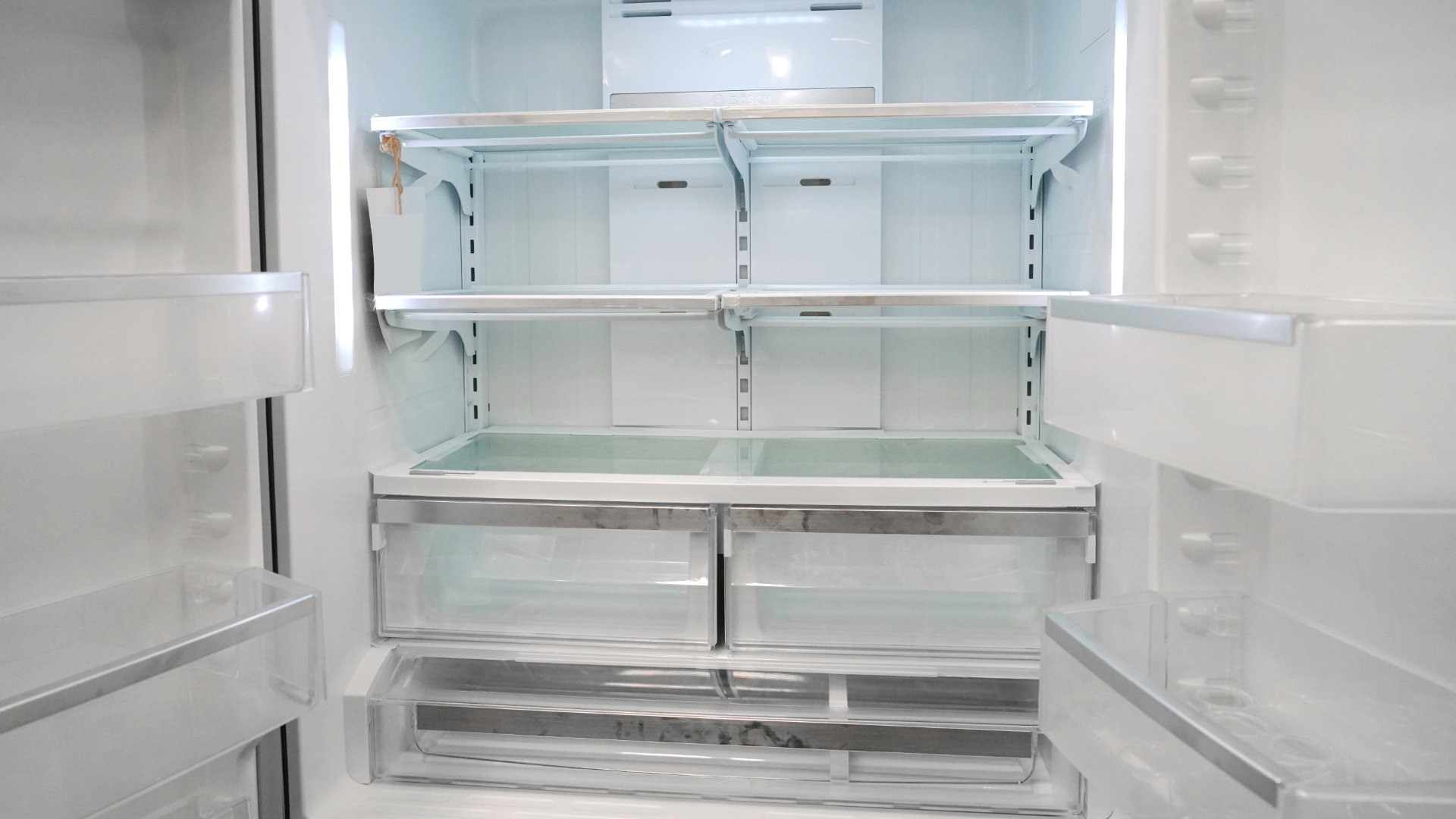
6 Reasons Your LG Refrigerator Is Not Making Ice

Kenmore Fridge Ice Maker Not Working? 5 Ways to Fix It

How to Remove Fish Smell from Your Refrigerator
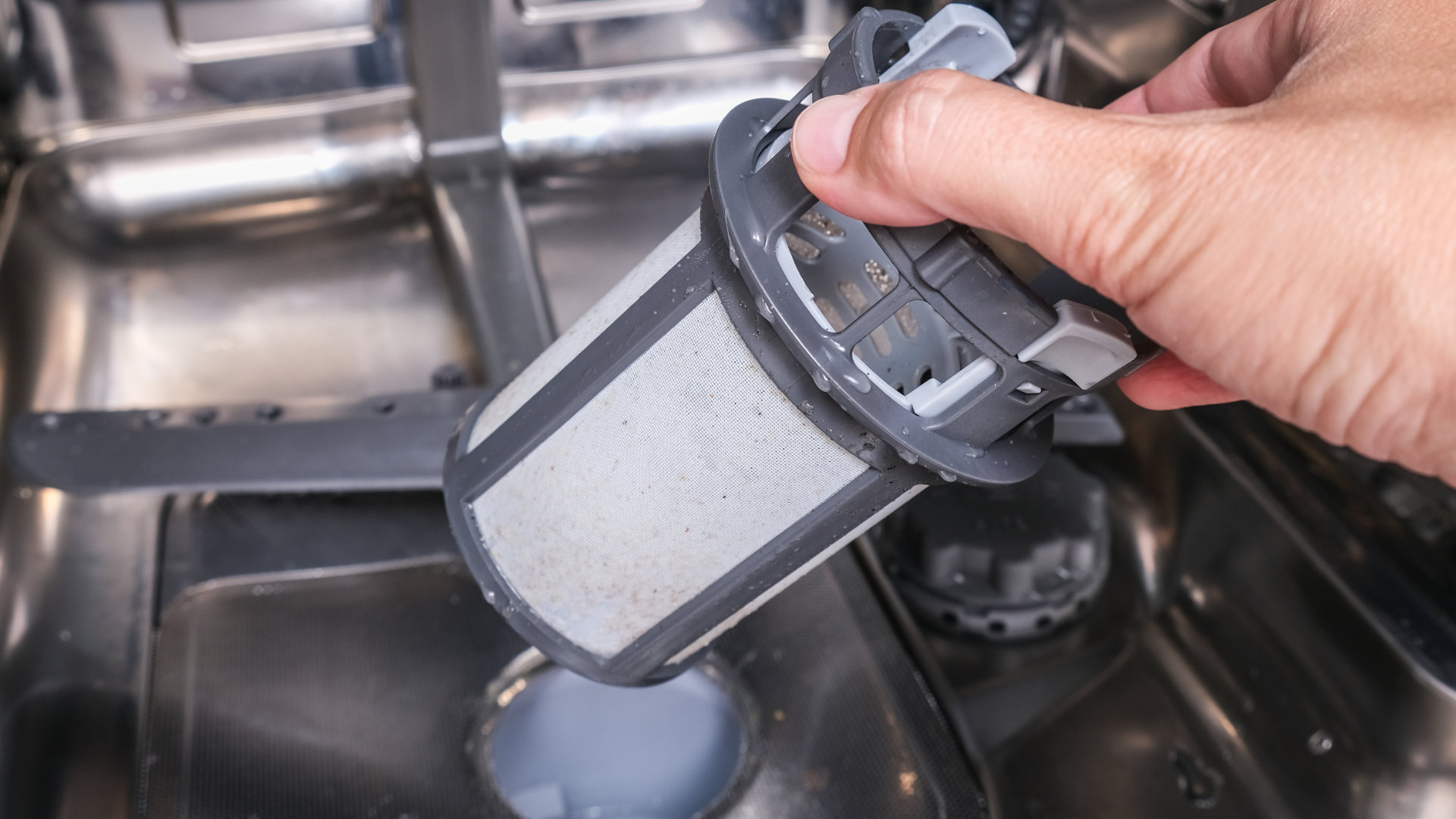
How To Fix Bosch Dishwasher E24 Error

Troubleshooting a Whirlpool Dishwasher Not Draining
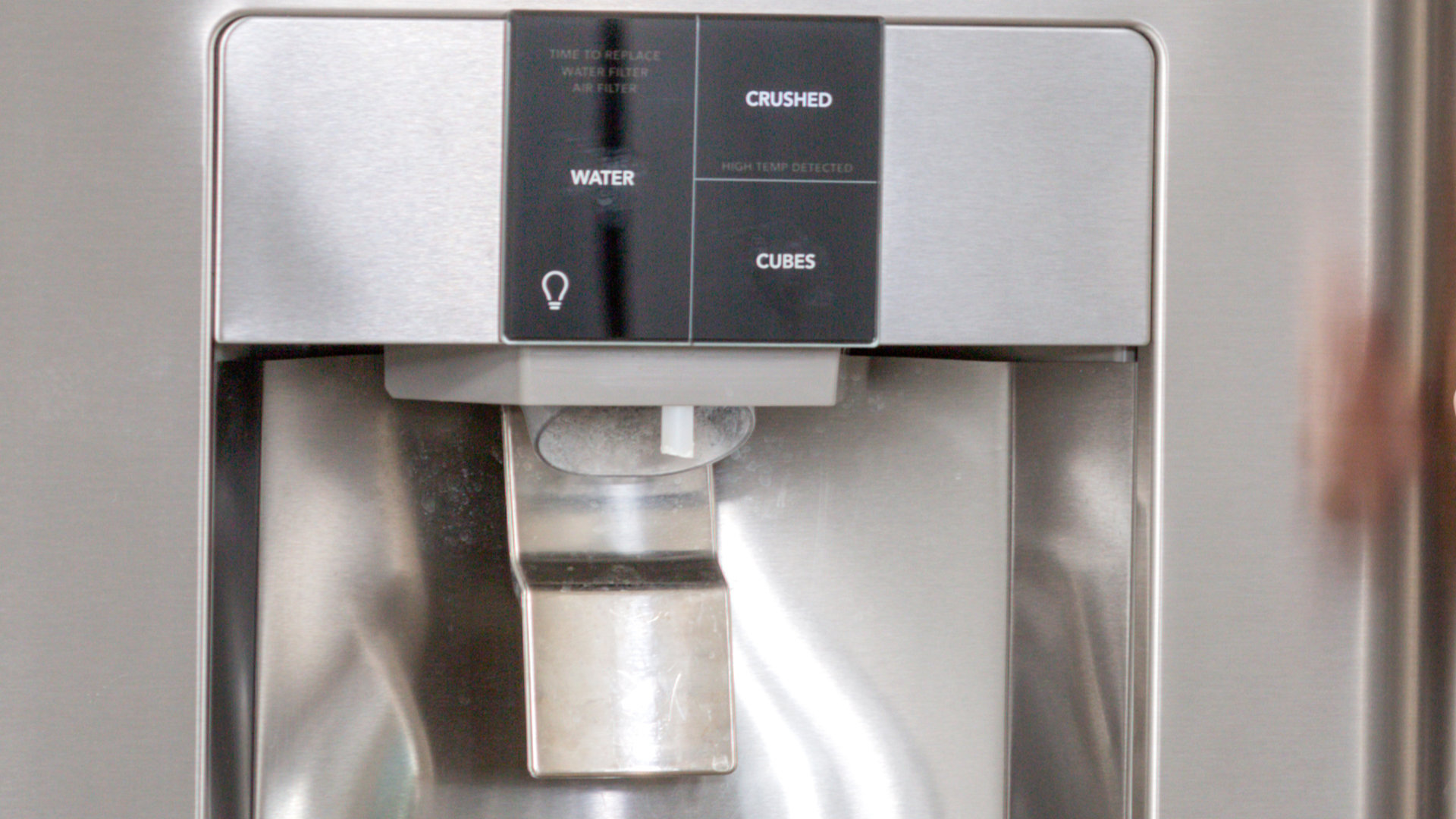
Why Is Your Fridge Water Not Working, but Ice Is?
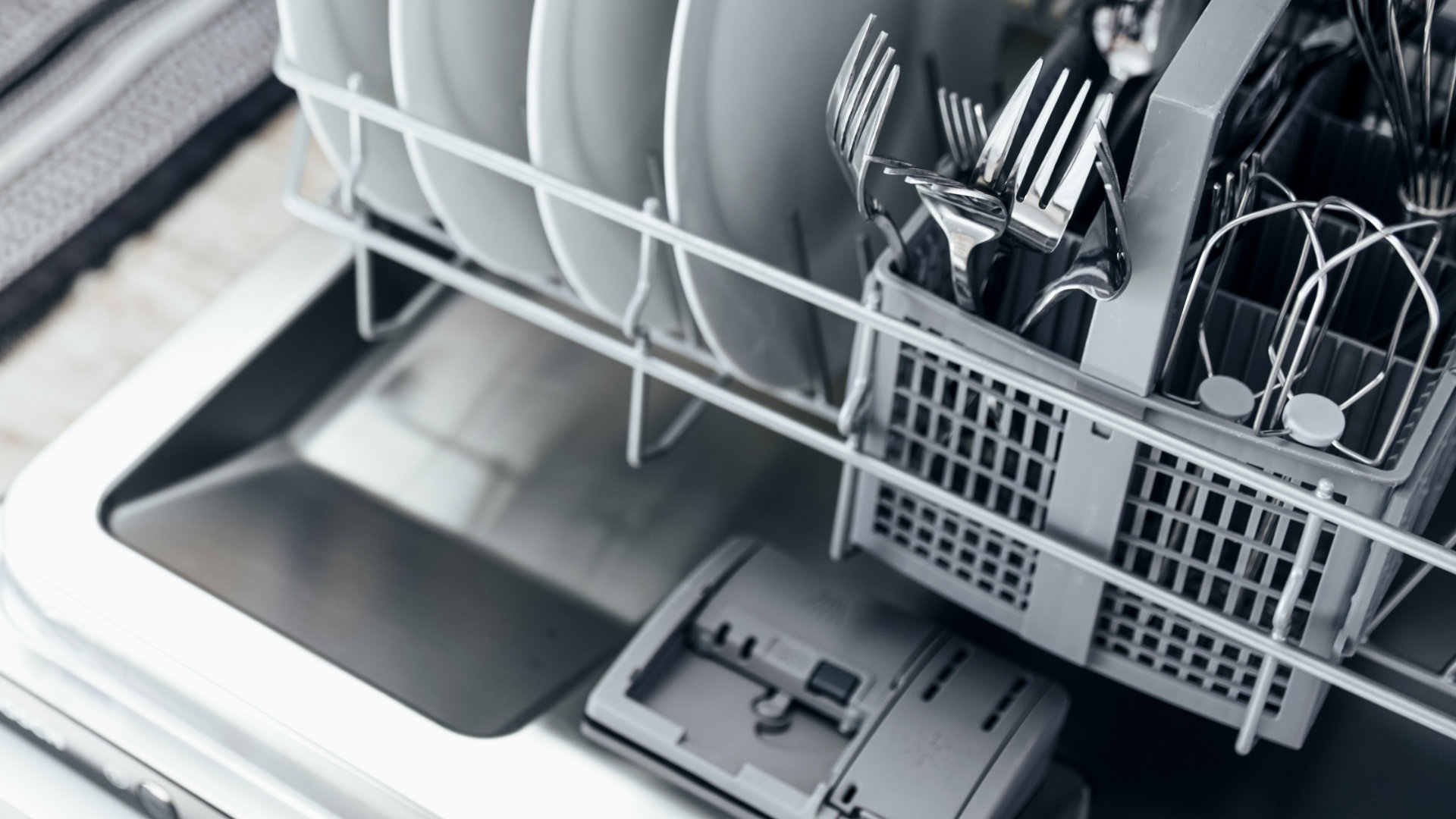
How to Fix the E15 Bosch Dishwasher Error Code

How Much Power Does a Microwave Use?
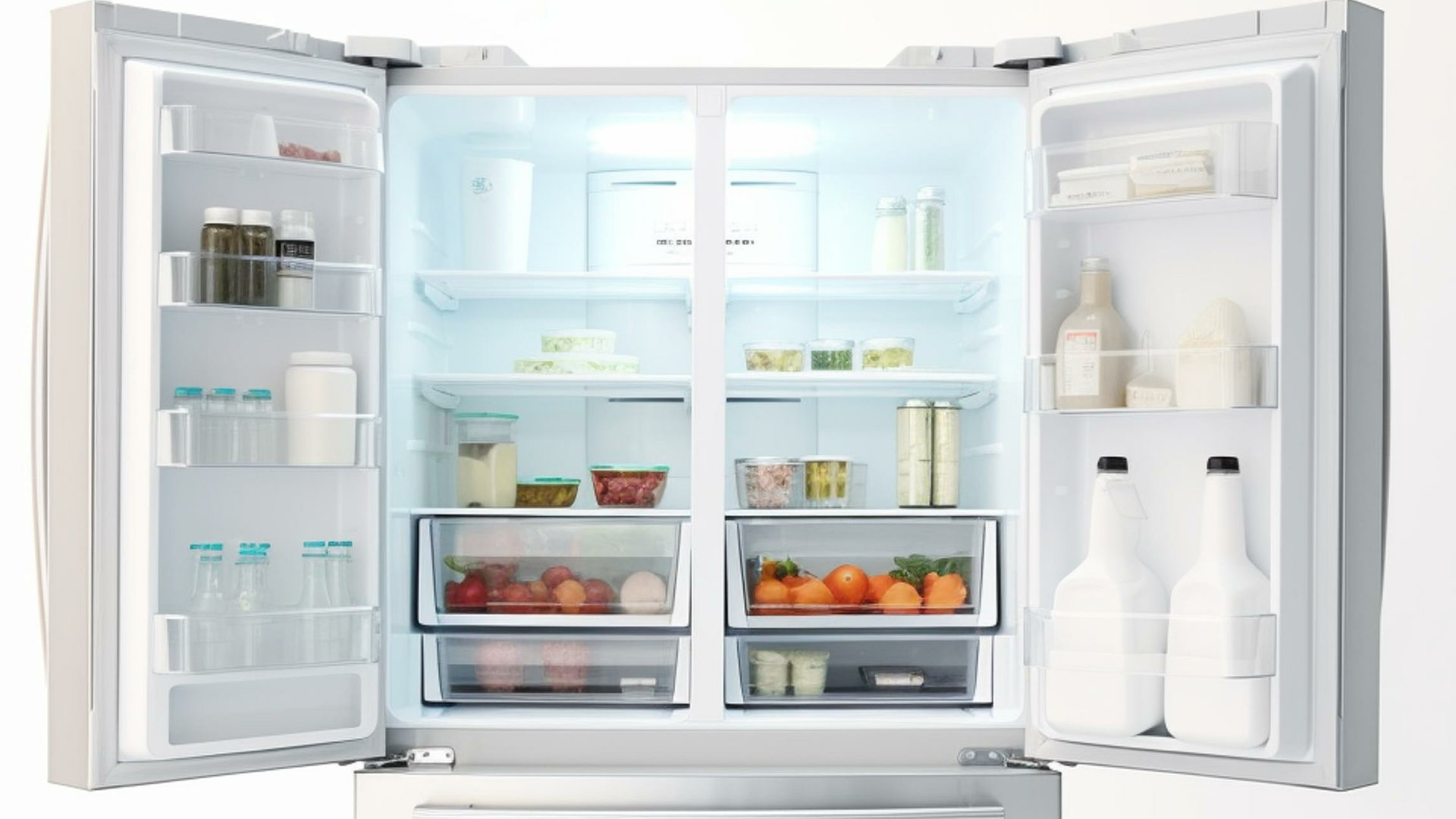
How to Properly Clean Refrigerator Coils
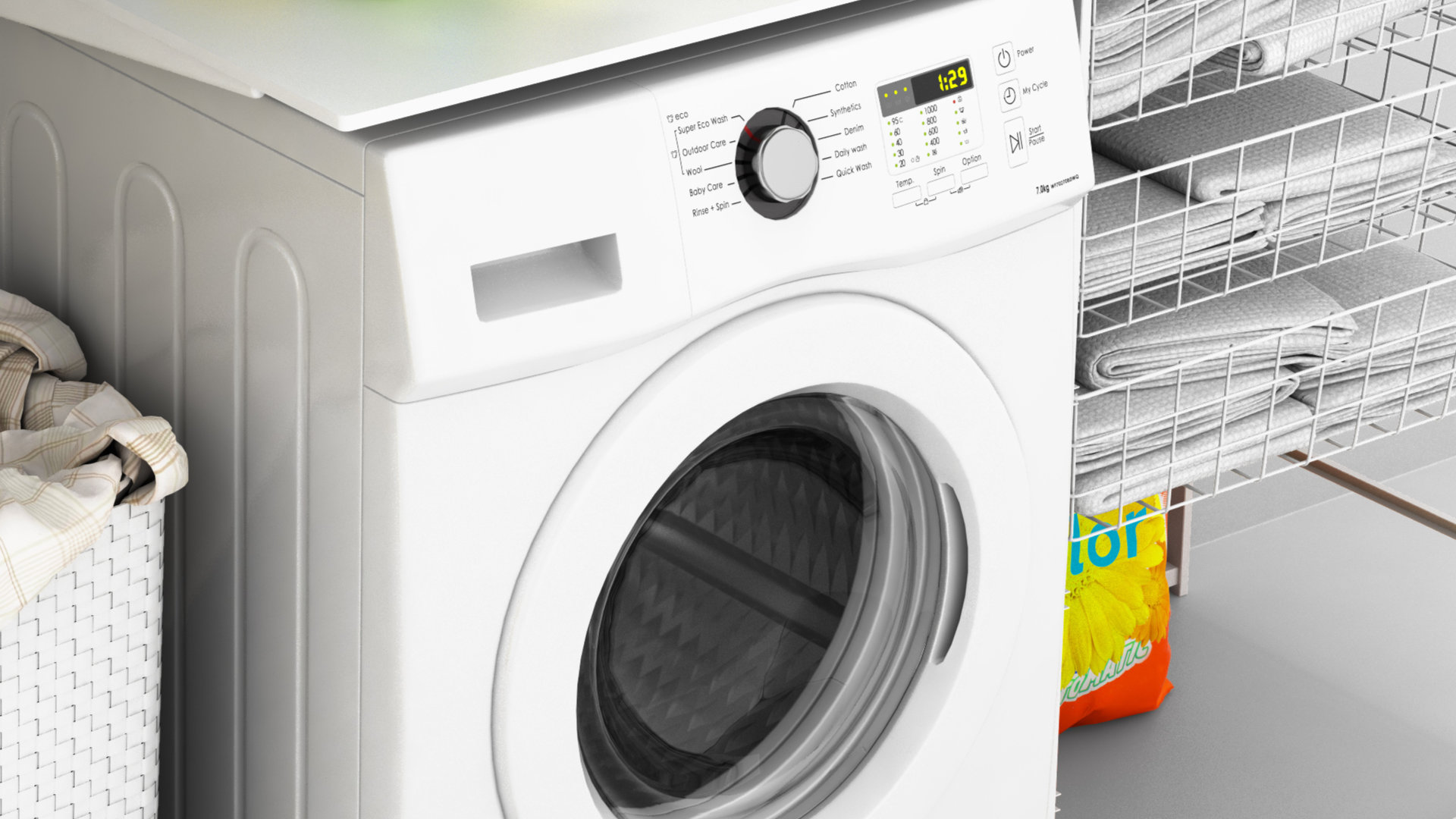
How to Fix an LG Washer Showing OE Error Code
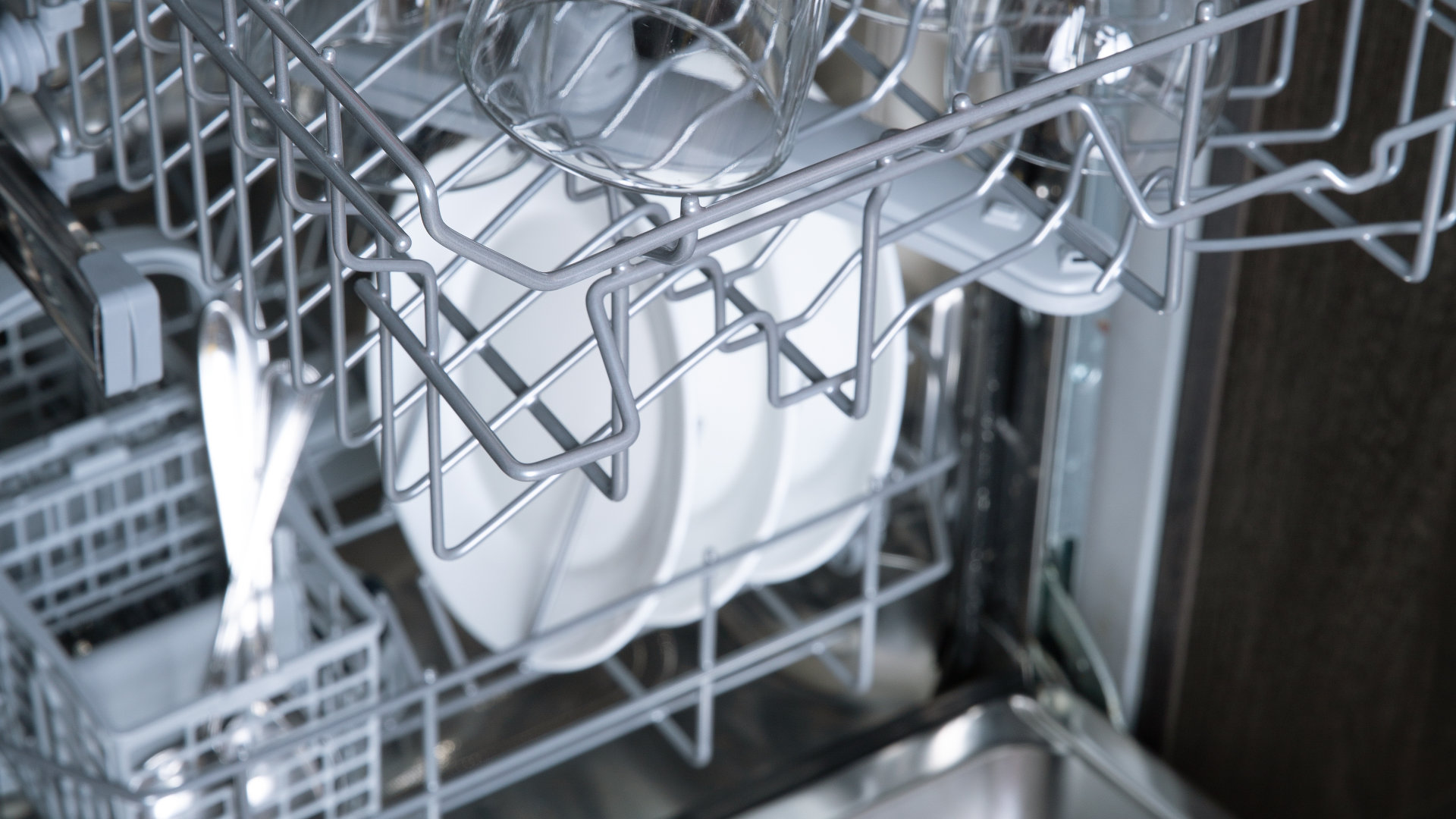
Troubleshooting a GE Dishwasher with No Power and No Lights
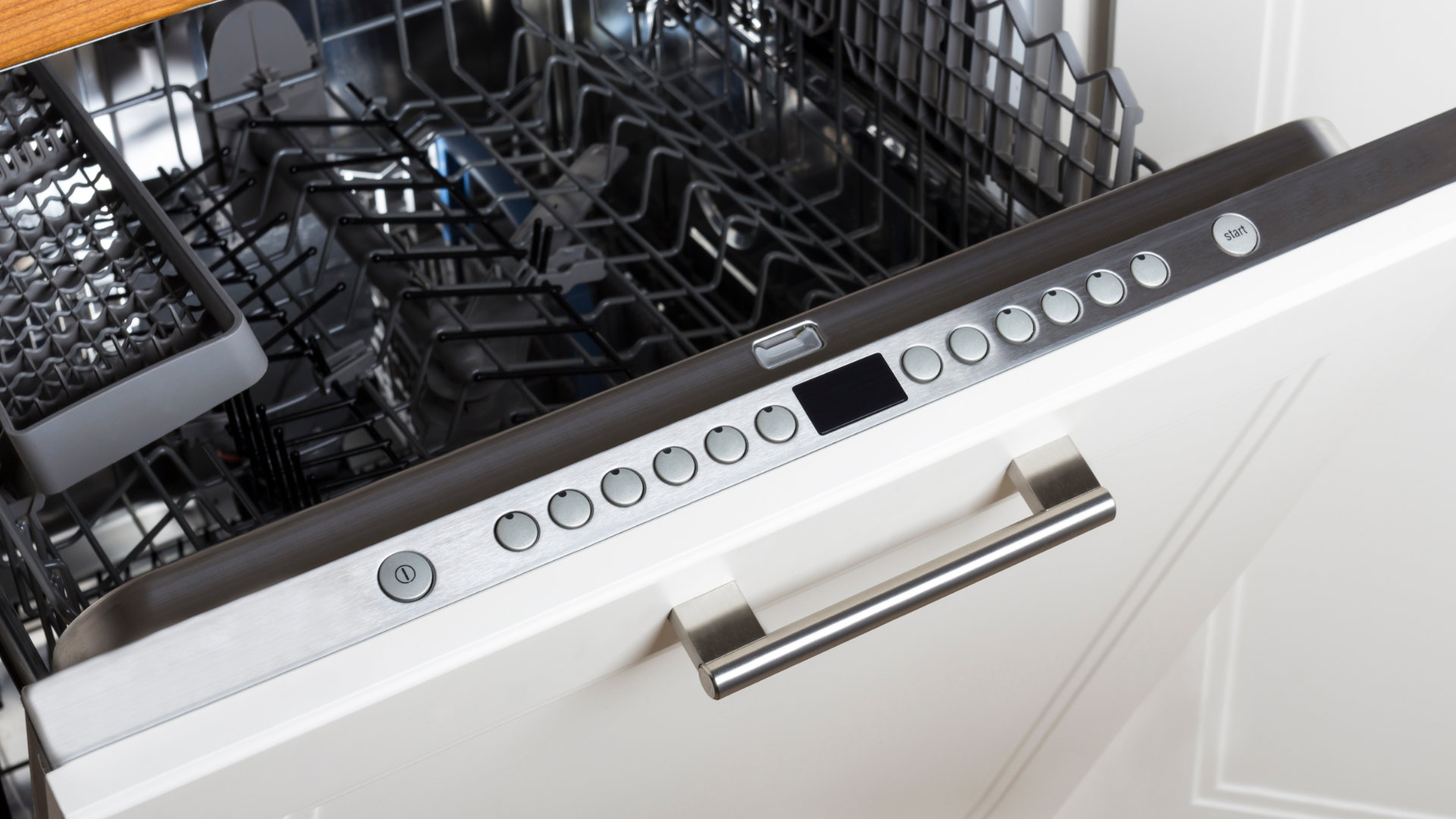
10 Reasons Why Your Bosch Dishwasher Won’t Start
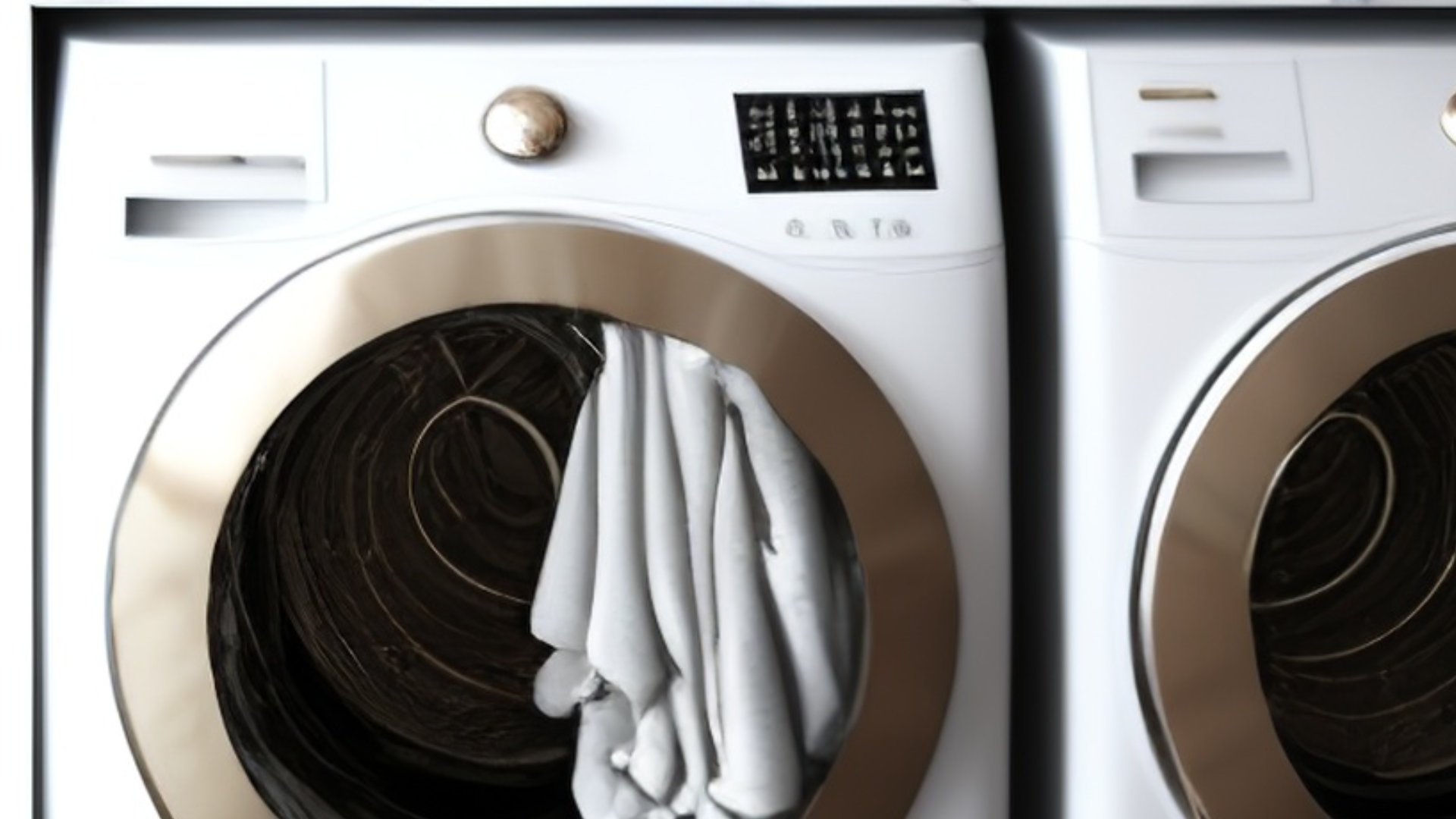
Troubleshooting the F5 Error Code with a Maytag Washer
